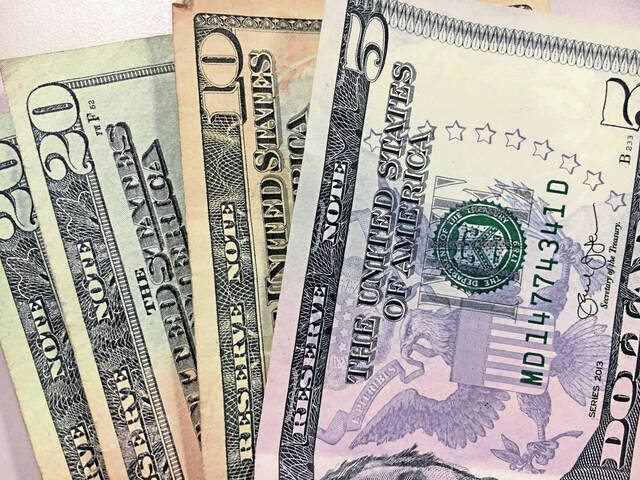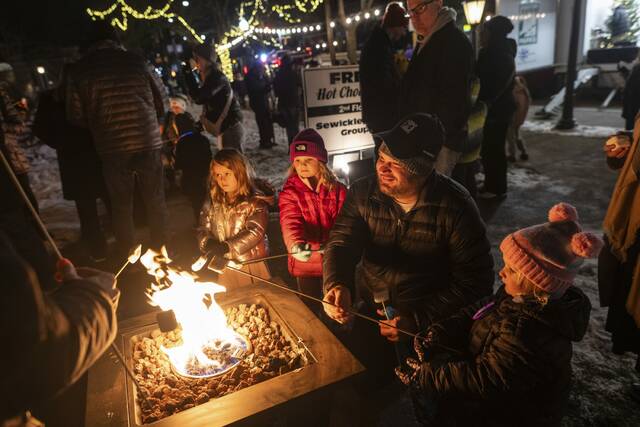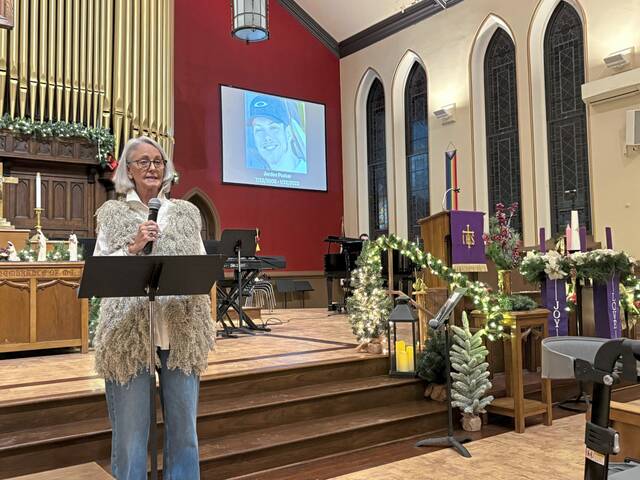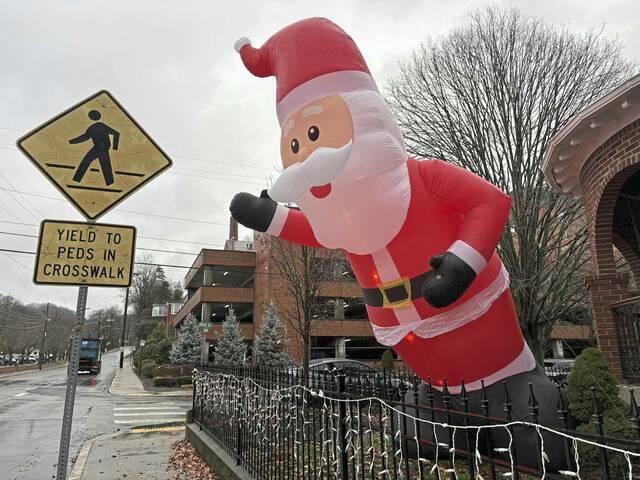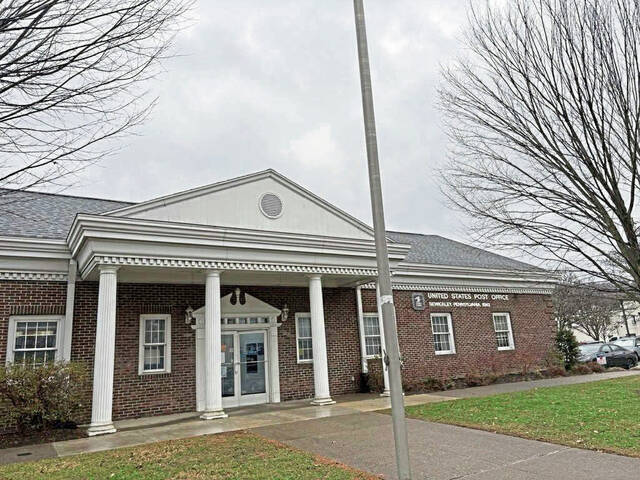Quaker Valley School District property owners will have to dig a little deeper in their wallets to cover real estate taxes next year.
The school board voted 6-0 on May 18 to adopt its 2022-23 budget with a 2.9% tax increase.
President Jonathan Kuzma and members Gianni Floro and Daniela Helkowski were absent.
The budget includes a millage rate hike of 0.5656 mills, from 19.4711 mills to 20.0367 mills.
There are no programming or staffing cuts proposed.
Owners of a $200,000 home would pay $9.43 more per month in property taxes, or $113.16 more for the year.
District director of finance Scott Antoline said the hike is primarily due to the rising cost of everything.
“It’s really factoring in all the inflationary pressures that everybody’s feeling in their households,” Antoline said. “Utility increases, cost of goods, contractual salaries and benefits; it’s covering all those inflationary operational costs and part of that incremental funding for the high school project.”
The district is in the process of designing a new high school near the Leet and Leetsdale border.
The proposed $95 million school would be on part of 150 acres of land off Camp Meeting Road. Total costs may exceed $100 million with acquiring various permits, construction and legal expenses.
Antoline said that based on current trends such as gas prices and cost of goods, a tax increase may also be needed next year.
“We expect inflationary pressures to carry into the 2023-24 (school) year,” he said. “We do anticipate that will not be a tremendous long-term look as the economic forecasters are sharing with us.”
In January, the board approved a resolution to keep any tax hike within an inflation-based state limit of 3.4%.
Act 1, passed in 2006 to provide property tax relief, sets a tax cap for school districts to cover normal inflationary costs and still pass a balanced budget without exceeding the tax hike cap.
Superintendent Tammy Andreyko said the finance committee and administration worked diligently to come up with the best spending plan for next school year.
“We have been very thoughtful about expenditures, looking closely at revenues and projections,” she said. “We lean upon all our staff, principals, and controllers to make difficult decisions, but decisions that keep all of the programs in place for our children the best we can.
“We are coming in under the level of which we could raise taxes. We very proudly the last two years have not raised taxes. We feel this is the right spot for us to be in for inflation and our regular expenses to offer the excellent programs that we already do. It also helps us prepare for the next major projects like our high school or additional technological expenses.”
Board member and treasurer Jeff Watters echoed Andreyko’s comments and said the tax hike still keeps the district among those with low millage rates.
“We are not blind to the burden that the broken PA public school funding process places on our taxpayers and are doing what we can within our ‘controllable spending’ to mitigate that impact,” Watters said. “We are not alone in this battle against unfunded and underfunded mandates, as it impacts every district in the Commonwealth. That said, a review of equalized mills, which expresses tax rates as a percentage of market value, places QVSD is in the lowest quartile in Allegheny County, suggesting we are actually doing a better job than most in managing these challenges.”
Projected 2022-23 revenues were listed at about $55.629 million and expenses at $55.639 million, a $10,000 shortfall. Antoline said the gap can be filled through the reserve fund.
Income includes about $35.82 million in current real estate taxes, $4.95 million in earned income tax, a little less than $9 million in state funds and about $1.057 million in federal money.
Expenses include about $23.385 million for salaries, $13.831 million for benefits including Social Security and pensions, $6.47 million for debt service, $2.27 million for transportation, $1.168 for purchased property services and budgetary reserve, $2.02 million for professional services and $3.184 million in miscellaneous spending.
The district has about 1,900 students and 300 employees including teachers and support staff.
Both learners and educators had stints of virtual instruction the past few years due to the pandemic.
Antoline said the district is in good standing should another covid outbreak occur.
“We’re well prepared both budgetarily and operationally to provide that educational program for our students,” he said. “We plan both models and are able to shift resources depending on what may come in that year.”
District administrators had two budgetary presentations, one in April and an update in May. Both are available on the district’s website, qvsd.org.
Tax bills will be sent out on July 1.


